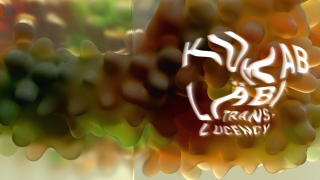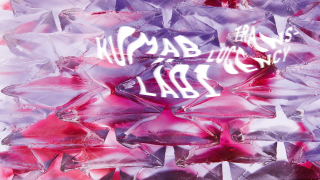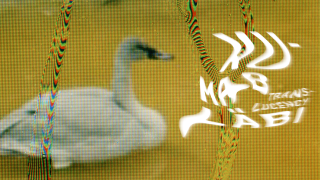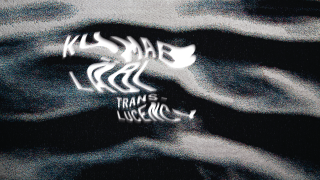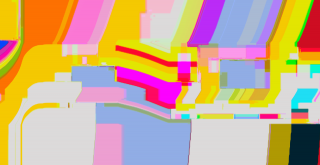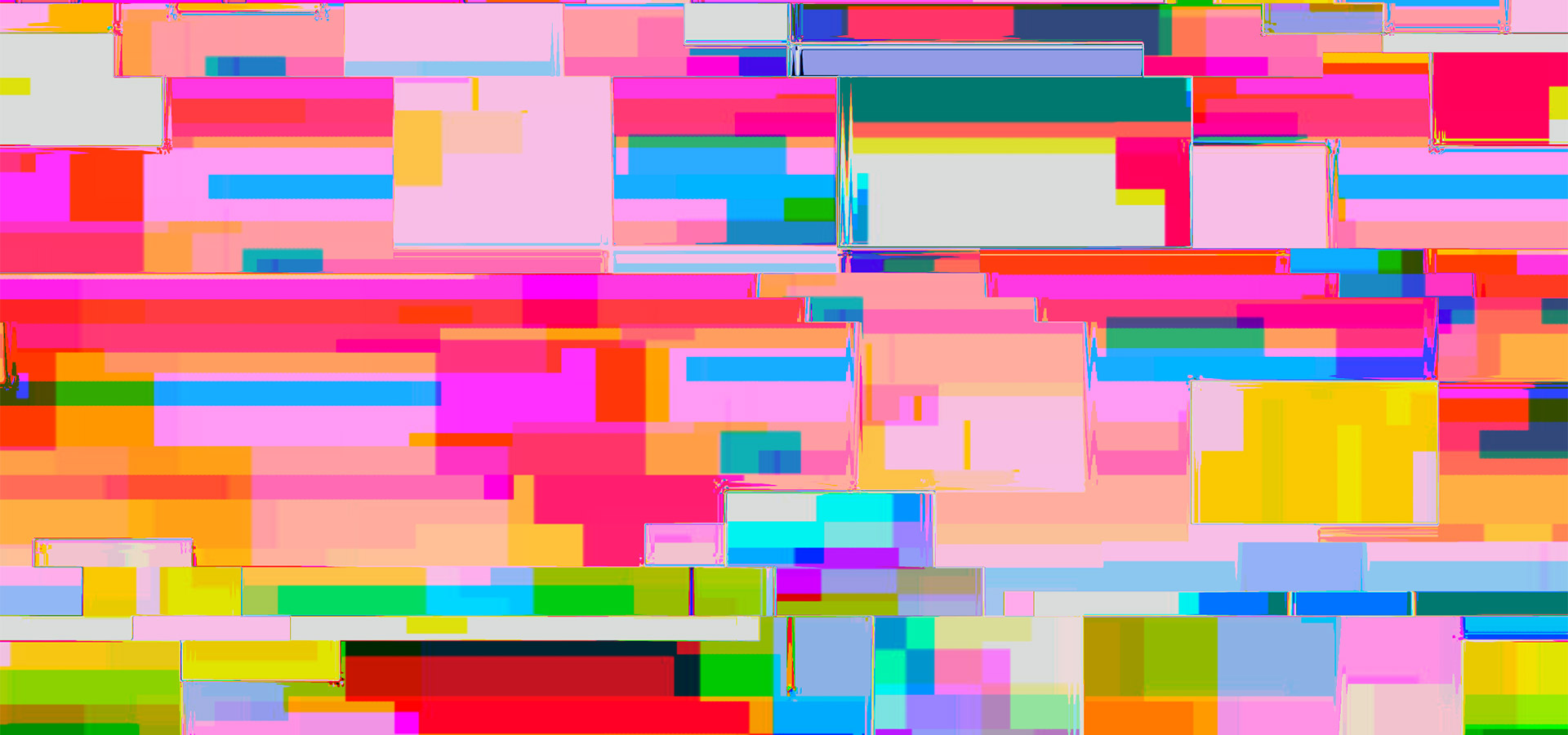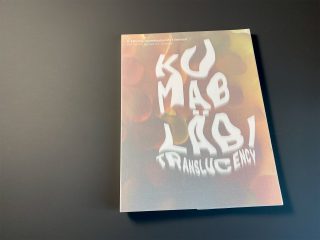 The catalogue of the 8th Tallinn Applied Art Triennial is now available HERE.
The catalogue of the 8th Tallinn Applied Art Triennial is now available HERE.
The catalogue is introduced by the curator of the exhibition Stine Bidstrup, discussing the central concept of the show, translucency, followed by an overview of all the participating artists as well as high quality photos of the artworks. Additionally, the publication features a detailed list of all the works included in the exhibition.
The catalogue concludes with two essays. In her essay “Moments of aliveness”, the architecture and art historian and curator Ingrid Ruudi contemplates the artworks presented at the exhibition and our encounters with material as possibilities to experience unique moments of aliveness.
„To encounter works, objects and materials that are ambivalent, unstable, fragile and temporary means noticing the ambivalence, multiplicity, impermanence and contingency of my own being in the world. But this is not a source of fear and insecurity but enables a heightenened awareness of being in the moment and contact with the other. Letting go of expectations of stability and permanence may lead to rediscovering enchantment and joy. Perceiving myself as flawed, partial and temporary paves way for encountering the human and non-human other from a less hierarchical, more equal basis.“ (from Ingrid Ruudi’s essay)
The essay by the architecture historian at the Royal Danish Academy, Martin Søberg titled “Saturated with light. On architecture and translucent materials“ looks at translucency in the history of architecture. The essay includes numerous photographs.
„The materials of architecture are put together, they carry and are carried, and furthermore become atmosphere-creating, enclosing membranes that allow adjustment and exchange. The phenomenon of translucency is then still about ambiguity, blurring and diffusion, but also about the potential for something new to emerge from the saturated light..“ (from Martin Søberg’s essay)
The catalogue is published both in Estonian and in English. The publication was edited by Keiu Krikmann and designed by Tuumik Stuudio.
The catalogue is sold at 25€, plus shipping costs. To place your order, please contact info@trtr.ee.


